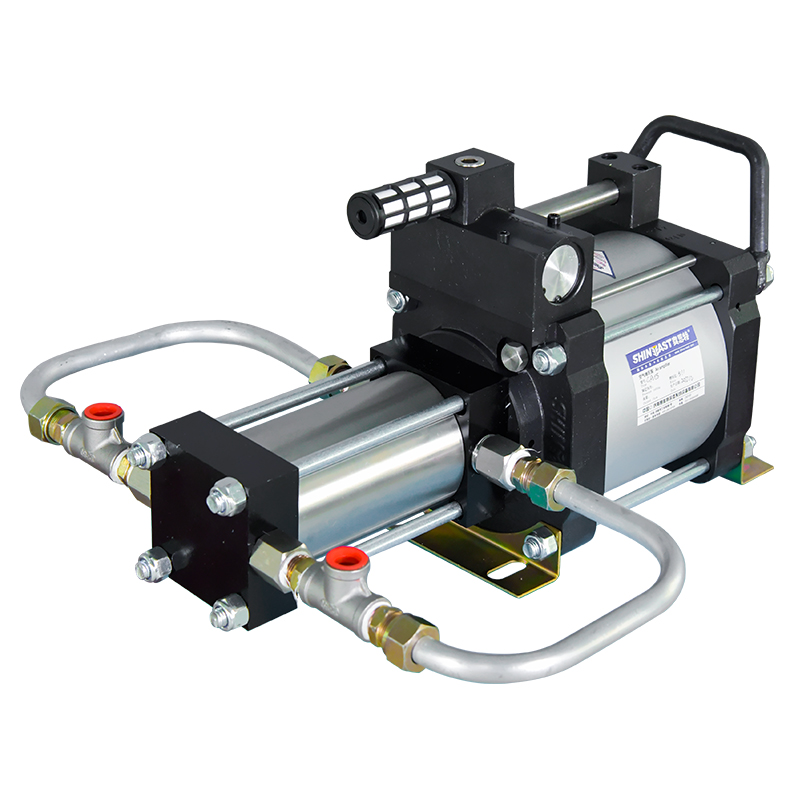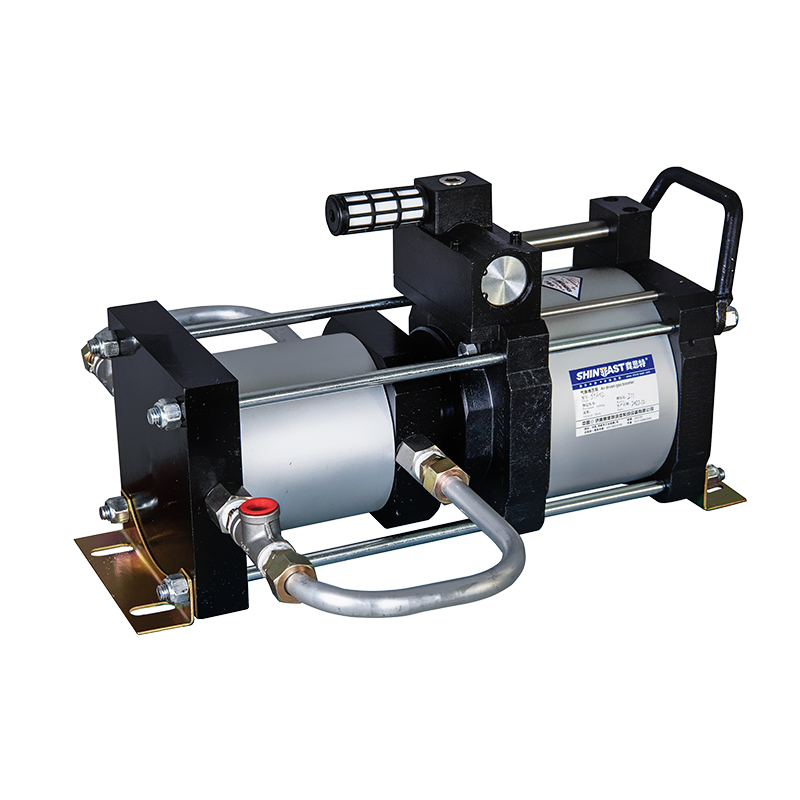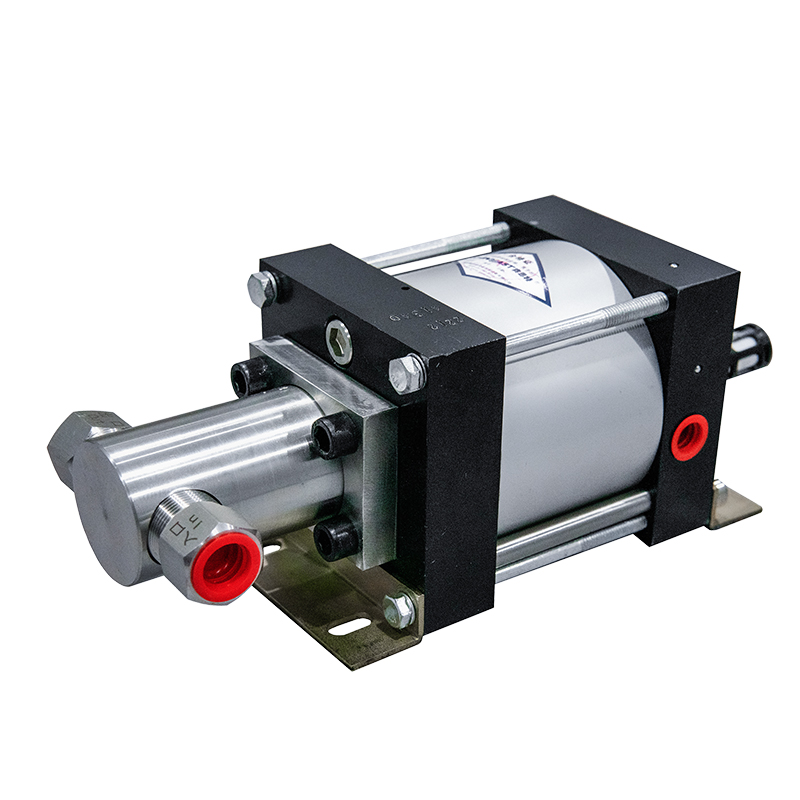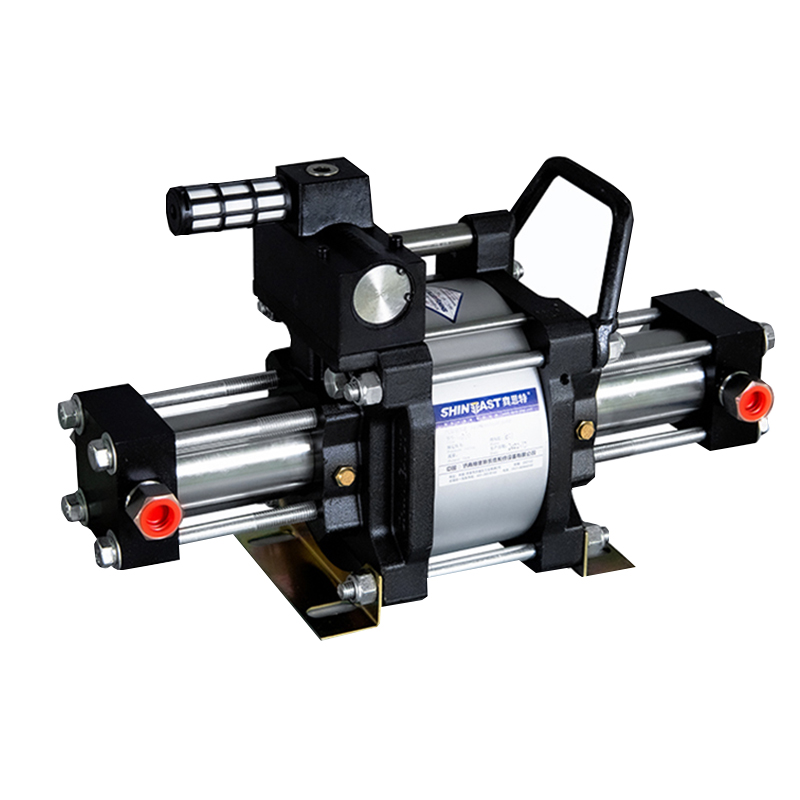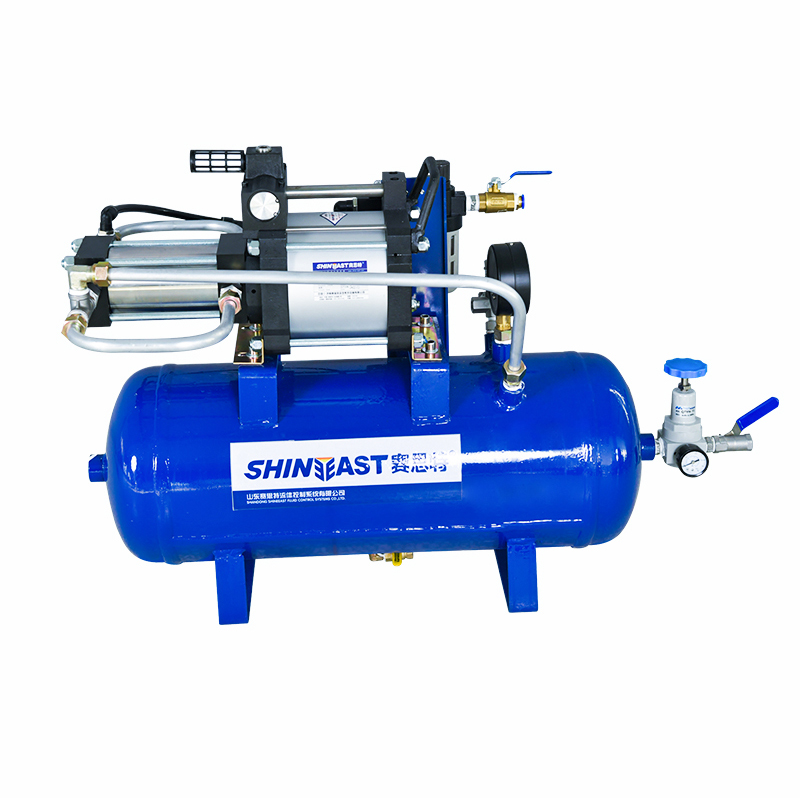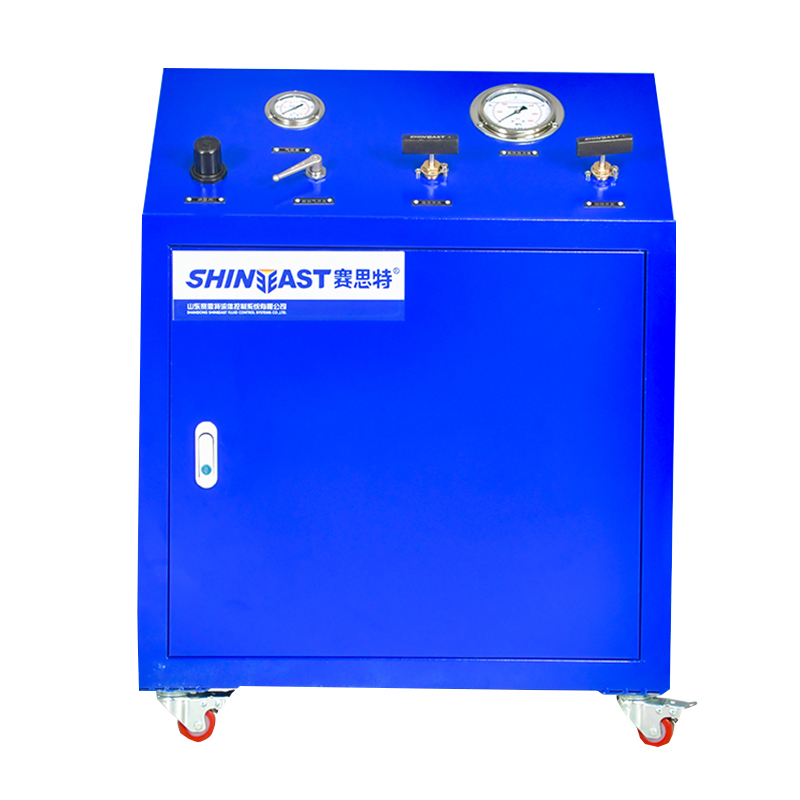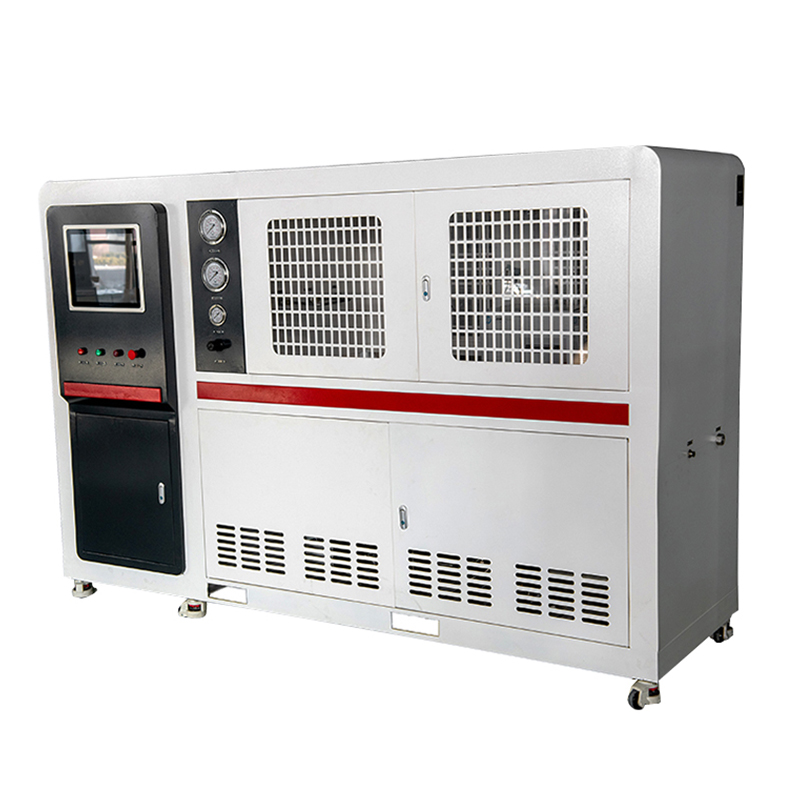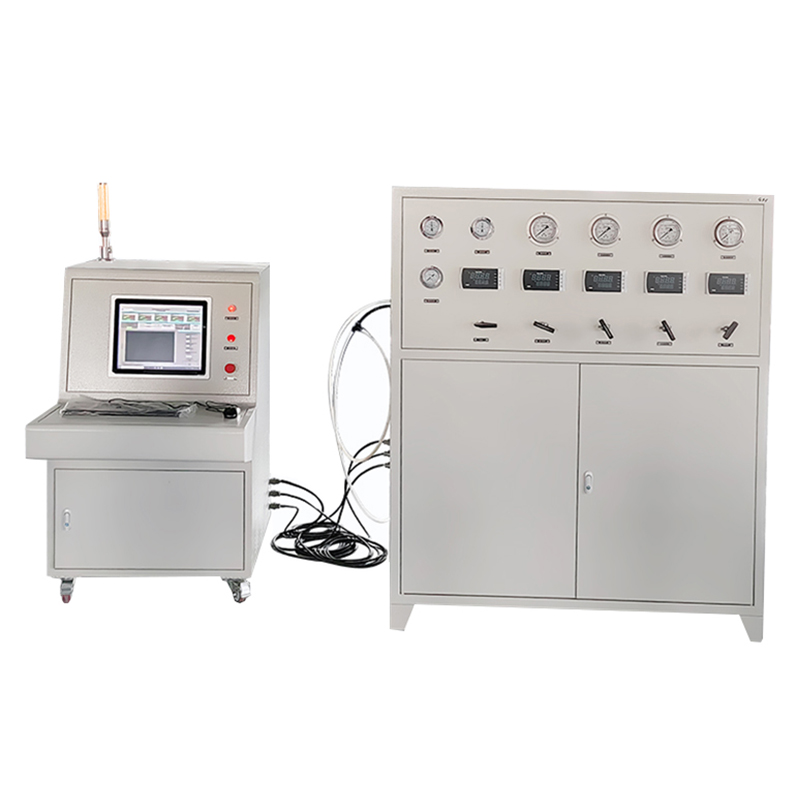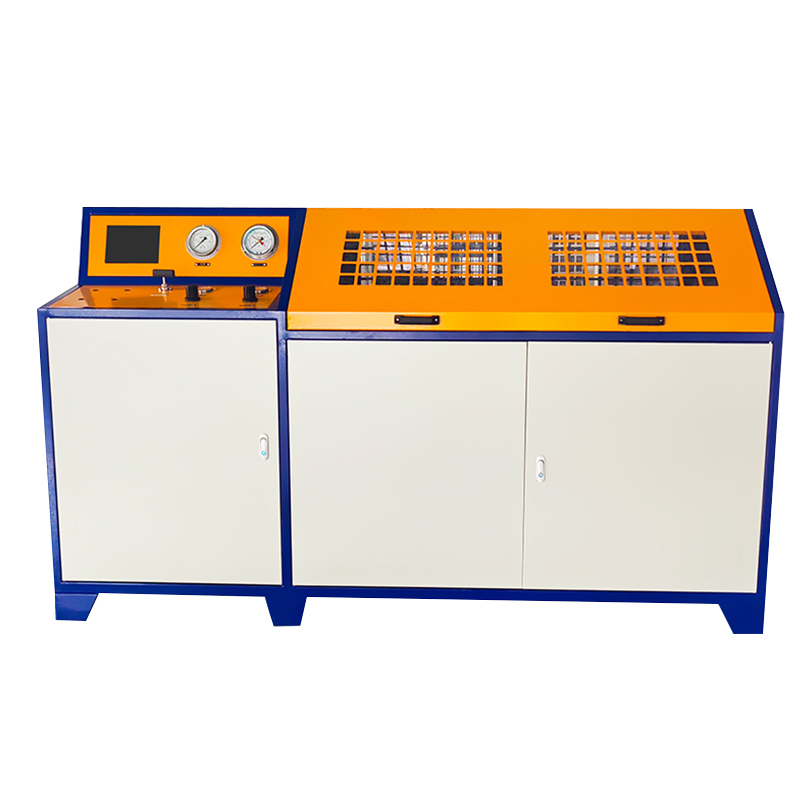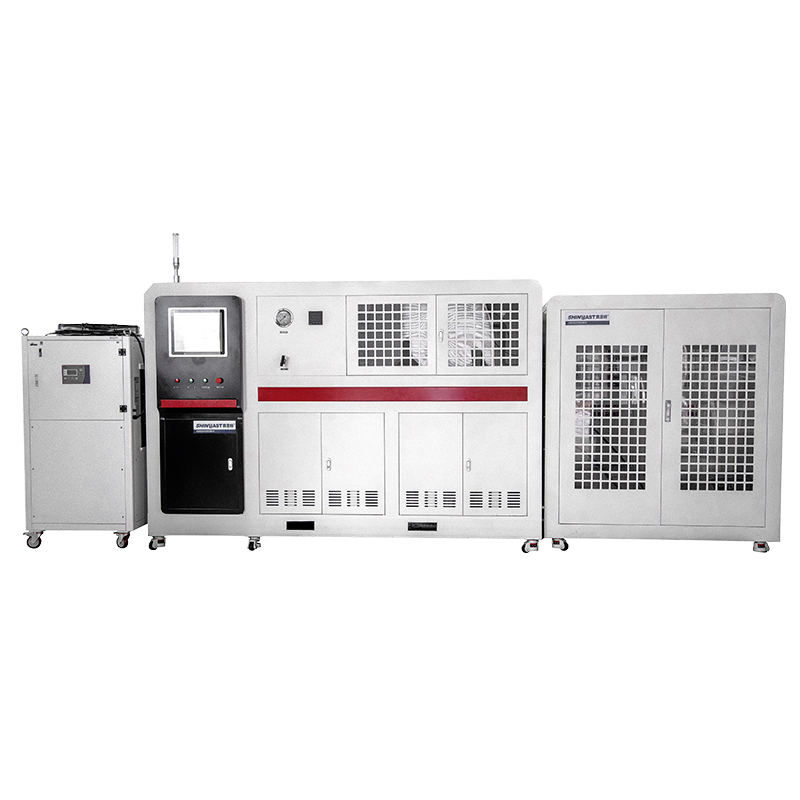Fatigue test of pressure gauge
Pressure gauge fatigue test refers to the repeated pressurization and depressurization testing of a pressure gauge under simulated actual working conditions, in order to evaluate its durability, reliability, and fatigue performance during long-term use. This test is usually used to verify the design quality of pressure gauges, predict their service life under different pressure cycles, and check whether they can operate normally under high-frequency pressure fluctuations.
Fatigue testing of pressure gauges is particularly important in fields such as petrochemicals, pharmaceuticals, and machinery that require high pressure monitoring. Through fatigue testing, the safety and reliability of pressure gauges can be ensured in high-frequency pressure change scenarios.
During the experiment, install the pressure gauge on the testing device to ensure that the testing equipment and instruments are functioning properly. Set the pressure cycle to determine the testing pressure range of the pressure gauge, usually the full-scale pressure of the gauge (i.e. the maximum pressure that the pressure gauge can withstand) and the periodic pressure upper and lower limits. Load and unload pressure on the pressure gauge at the set frequency. Usually, in each cycle, the pressure gradually increases from zero to a specified upper limit and then releases to zero. Use high-precision sensing devices to monitor changes in pressure gauge pointers or output signals, and record performance at each cycle pressure. After testing for the predetermined number of fatigue cycles, evaluate whether the pressure gauge indicates accurately and whether there are any leaks, seal failures, or pointer malfunctions.
After completing the fatigue cycle, the reading error of the pressure gauge should be within an acceptable range. There is no obvious damage to the appearance of the pressure gauge, and there are no abnormalities in the case, interface, pointer and other components. No liquid leakage, and the seals are intact and undamaged.
The pressure gauge fatigue test bench is a testing device specifically designed to simulate the repeated pressurization and depressurization process of pressure gauges in practical application environments. This device tests the fatigue performance and durability of pressure gauges by setting different pressure cycles. The main components of the test bench
Pressurization system: Provides a controllable pressure source, typically including pneumatic, hydraulic, or electric pressurization devices, used to apply pressure of different ranges and frequencies.
Pressure relief system: used to control pressure release to achieve periodic pressurization and depressurization of pressure gauges. Generally, automatic control valves are used to regulate pressure.
Control system: including computer control system or manual control panel, used to set parameters such as pressure range, cycle times, loading speed, etc. Modern equipment often uses PLC (Programmable Logic Controller) for automation control.
Pressure sensor: used to monitor the pressure value of the pressure gauge in real time, ensuring that the applied pressure is accurate and consistent with the preset value.
Data acquisition system: Record the pressure response, pointer position, and other data of the pressure gauge during the testing process for subsequent analysis of the fatigue performance of the pressure gauge.
Cooling system (optional): Under high-frequency and high-pressure testing, the cooling system can reduce the temperature of the test bench and ensure the stable operation of the equipment.
Characteristics of the test bench
High precision and stability: High precision pressure sensors and automatic control systems ensure stable and accurate pressure during the testing process.
Adjustable pressure range: Multiple range tests can be conducted from low pressure to high pressure, suitable for different types of pressure gauges.
High frequency cycling capability: It can support higher frequency cycling to meet the needs of fatigue testing for different pressure gauges.
Data recording and storage: Test data can be recorded and saved in real-time for subsequent analysis and evaluation.
Fatigue testing of pressure gauges is particularly important in fields such as petrochemicals, pharmaceuticals, and machinery that require high pressure monitoring. Through fatigue testing, the safety and reliability of pressure gauges can be ensured in high-frequency pressure change scenarios.
During the experiment, install the pressure gauge on the testing device to ensure that the testing equipment and instruments are functioning properly. Set the pressure cycle to determine the testing pressure range of the pressure gauge, usually the full-scale pressure of the gauge (i.e. the maximum pressure that the pressure gauge can withstand) and the periodic pressure upper and lower limits. Load and unload pressure on the pressure gauge at the set frequency. Usually, in each cycle, the pressure gradually increases from zero to a specified upper limit and then releases to zero. Use high-precision sensing devices to monitor changes in pressure gauge pointers or output signals, and record performance at each cycle pressure. After testing for the predetermined number of fatigue cycles, evaluate whether the pressure gauge indicates accurately and whether there are any leaks, seal failures, or pointer malfunctions.
After completing the fatigue cycle, the reading error of the pressure gauge should be within an acceptable range. There is no obvious damage to the appearance of the pressure gauge, and there are no abnormalities in the case, interface, pointer and other components. No liquid leakage, and the seals are intact and undamaged.
The pressure gauge fatigue test bench is a testing device specifically designed to simulate the repeated pressurization and depressurization process of pressure gauges in practical application environments. This device tests the fatigue performance and durability of pressure gauges by setting different pressure cycles. The main components of the test bench
Pressurization system: Provides a controllable pressure source, typically including pneumatic, hydraulic, or electric pressurization devices, used to apply pressure of different ranges and frequencies.
Pressure relief system: used to control pressure release to achieve periodic pressurization and depressurization of pressure gauges. Generally, automatic control valves are used to regulate pressure.
Control system: including computer control system or manual control panel, used to set parameters such as pressure range, cycle times, loading speed, etc. Modern equipment often uses PLC (Programmable Logic Controller) for automation control.
Pressure sensor: used to monitor the pressure value of the pressure gauge in real time, ensuring that the applied pressure is accurate and consistent with the preset value.
Data acquisition system: Record the pressure response, pointer position, and other data of the pressure gauge during the testing process for subsequent analysis of the fatigue performance of the pressure gauge.
Cooling system (optional): Under high-frequency and high-pressure testing, the cooling system can reduce the temperature of the test bench and ensure the stable operation of the equipment.
Characteristics of the test bench
High precision and stability: High precision pressure sensors and automatic control systems ensure stable and accurate pressure during the testing process.
Adjustable pressure range: Multiple range tests can be conducted from low pressure to high pressure, suitable for different types of pressure gauges.
High frequency cycling capability: It can support higher frequency cycling to meet the needs of fatigue testing for different pressure gauges.
Data recording and storage: Test data can be recorded and saved in real-time for subsequent analysis and evaluation.
previous page:Offline simulation of safety valve calibration
CONTACT US
Please use the form below to get in touch.
If you need a reply we will get in touch as soon as possible.

